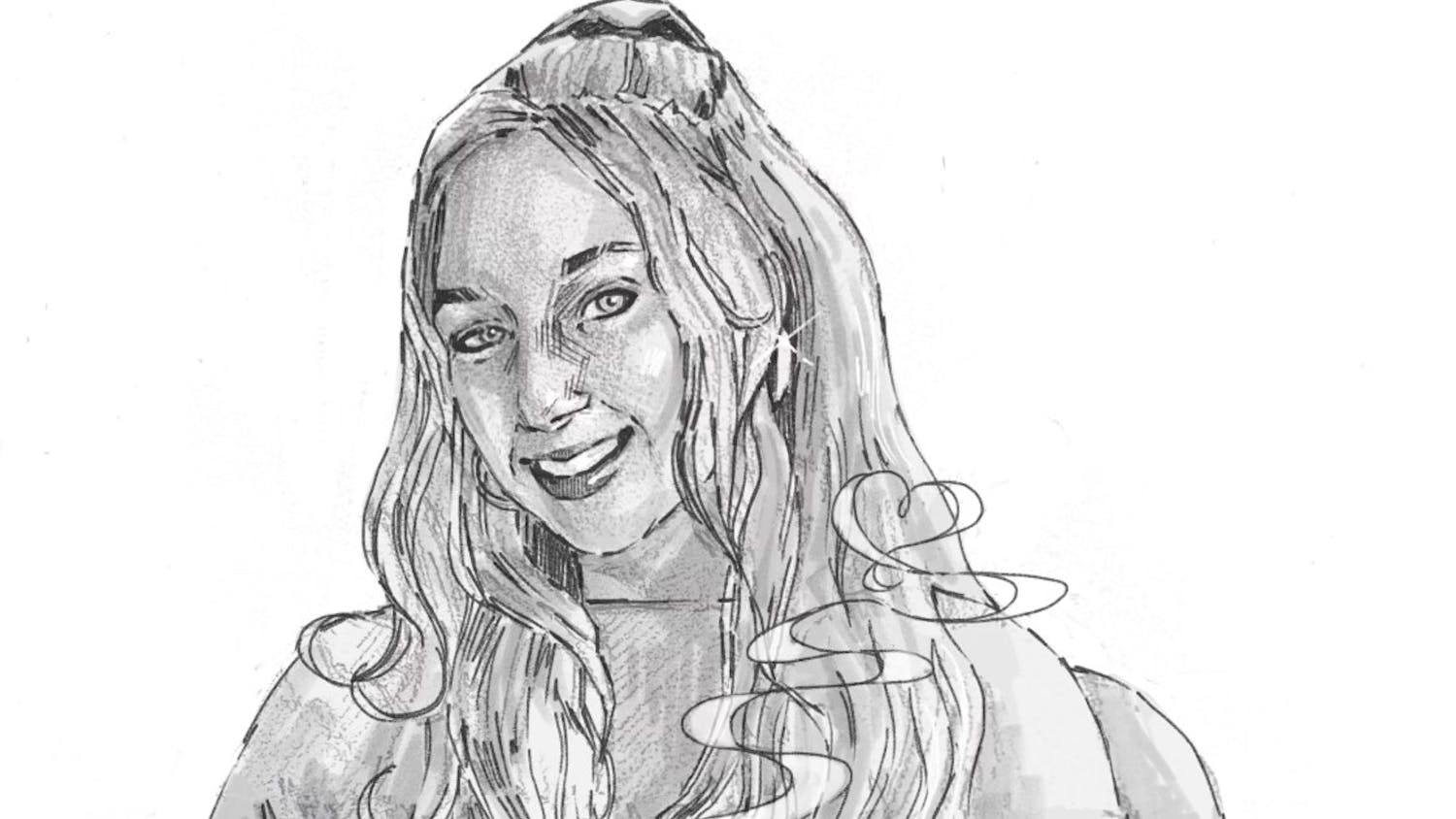By Jane Bowden
Managing Editor
(Trigger Warning: the following article discusses self-harm, which may be triggering to some readers.)
For almost two and a half years, I didn’t self-harm. It was a badge of honor I silently held on my sleeve to prove to myself that I was no longer the damaged 19-year-old girl I once was. Although I still had many urges to self-harm throughout that time, I believed that the longer I could go without it, the stronger I was.

Then, a few days into 2020, I started to struggle with a depressive episode that was particularly difficult to cope with. I was fast approaching the spring semester of my senior year and already dealing with anxiety about post-graduation life. I have had many depressive episodes before, as I’ve struggled with mental health throughout most of my life, but this felt different — like nothing I was doing was helping even in the slightest.
Feeling like I had zero control over my emotions, I could sense my old unhealthy coping mechanisms trickling to the surface, and I couldn’t overcome them like I had been able to in the past. That’s when one night, for no particular reason at all, I simply thought to myself, “I’m going to cut myself,” went into the bathroom and did it without much thought or hesitation. In fact, the only thing I said to myself repeatedly was, “I don’t want to do this” — but I did it anyway, breaking the streak I had spent years building.
A few days later, I talked to my therapist about the depressive episode I was experiencing that led me to self-harm. It was difficult to admit to her — and to myself — that I had broken my time span of two and a half years being self-harm free within just a few seconds; that what I had valued as tangible proof to myself and others that I was doing better had crumbled to pieces.
But it was when I said to my therapist, “I’m not proud of what I did, but I’m not upset, ashamed or disappointed with myself. It’s just a thing that happened, and that’s that. It doesn’t mean it has to happen again,” that I finally realized for the first time ever — I love myself.
What I realized was the streak I idolized as freedom from my past was, in fact, the opposite — it was a prison in disguise. I felt restrained and pressured to maintain that perfection of being self-harm free, because I feared failure and felt ashamed of who I was. I was terrified that breaking that streak would mean I was weak, that I was resorting back to the broken girl I had been running from for almost two and a half years.
But when I broke that period of being self-harm free, the world didn’t burst into flames like I thought it would, nor did I time warp back to the scared 19-year-old version of myself. Instead, I felt peace, relief and, most importantly, acceptance of who I was then and who I am now.
Breaking that streak showed me how much progress I really had made over the past few years. Through therapy and support from my friends and family members, I learned that I was able to live a life without self-harm, and I developed healthy coping mechanisms, such as writing and exercising, to help me navigate my emotions. I had really grown in the last two and a half years, and self-harming in January didn’t erase that progress.
It hasn’t been through my successes that I’ve realized how strong I am, but rather through my failures. From breakups and bad grades to job rejections and the end of this self-harm-free streak, every time I thought “I can’t do this anymore,” I’ve been able to prove myself wrong by persevering. I’ve needed failure to show me that even when life feels like it’s moving backwards, I’m moving forward in growth.
Does self-love mean that I’m incapable of feeling insecure, depressed and hopeless, or that I still don’t have progress to make? Of course not. But what self-love does mean is that even when life feels like it’s falling apart and I want to give up, I won’t. Instead, I’ll accept the hurdles that life throws at me, know that I’m capable of overcoming whatever happens and continue to do the best that I can without expecting perfection.







